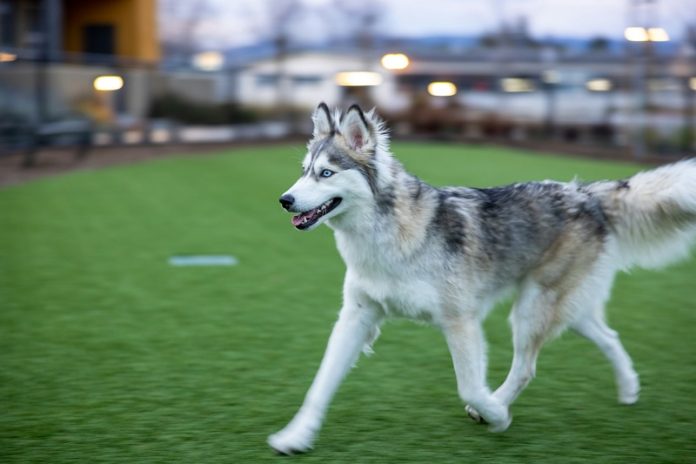
A new study challenges the long-held belief that domestication is the main reason for smaller brain sizes in dogs compared to their wild relatives, like wolves.
This research, published in Biology Letters, suggests that domestication might not be as unique an evolutionary force as previously thought.
Researchers László Zsolt Garamszegi from Hungary and Niclas Kolm from Sweden used a phylogenetic comparative approach to analyze brain and body size data for 25 canid species, including ancient dog breeds closely related to early domesticated dogs.
Their findings show that the reduction in brain size observed in domesticated dogs is not exceptional when compared to other canids.
The common belief has been that domestication leads to smaller brain sizes because domesticated animals face fewer challenges, such as finding food, competing for mates, and avoiding predators.
In a domesticated environment, animals do not need as much brain power, which is metabolically expensive to maintain. This study aimed to see if this brain size reduction in dogs is truly unique compared to other wild canids.
By examining the brain and body size relationship among different canid species, the researchers discovered that the brain size of domesticated dogs falls within the expected range based on their body size. This finding suggests that domestication is not the sole factor influencing brain size reduction in canids.
An interesting highlight from the study is the case of the common raccoon dog, which hibernates. The raccoon dog has an even smaller brain size compared to its body size than domesticated dogs.
Hibernation, which involves long periods of low metabolic activity and food scarcity, likely limits brain size evolution due to the high energy demands of large brains. This shows that factors other than domestication, such as ecological adaptations like hibernation, can also drive brain size reduction.
The study concludes that while domestication does contribute to smaller brain sizes in dogs, it is not a uniquely powerful evolutionary force. Other ecological and evolutionary pressures can similarly affect brain size, leading to significant variations in non-domesticated species as well.
The work of Garamszegi and Kolm encourages a more balanced perspective on the evolutionary role of domestication. Their findings suggest that we should consider other ecological factors when studying brain size evolution in mammals. This research could change how we understand the complex interplay between domestication and brain size in animals, offering new insights into the evolutionary pressures that shape brain development.
In summary, this study highlights that domestication is just one of many factors influencing brain size in dogs, and other ecological adaptations, like hibernation, can play a significant role as well.
This more nuanced view helps refine our understanding of how different evolutionary pressures affect brain size in mammals.



